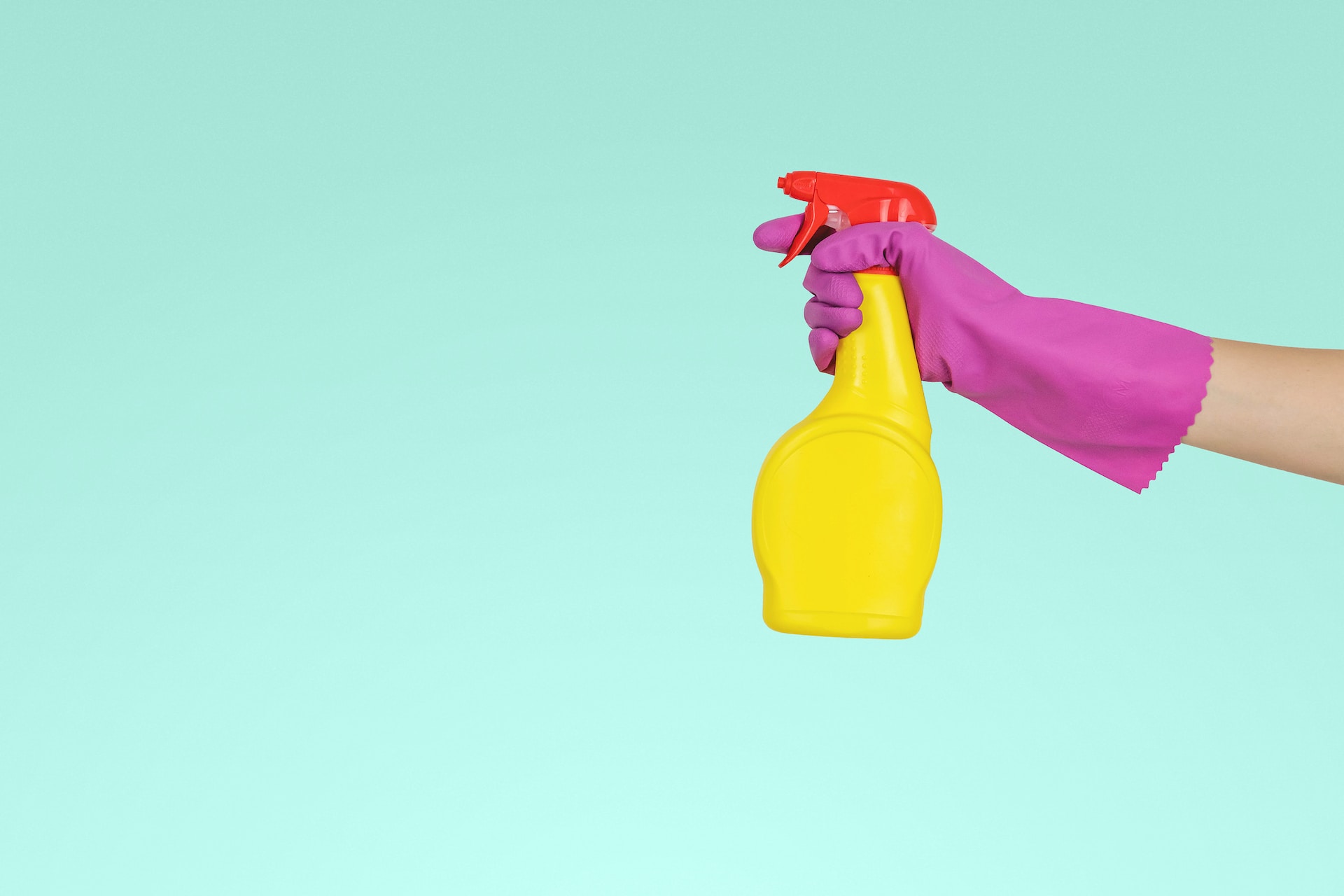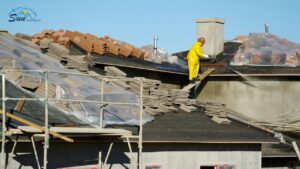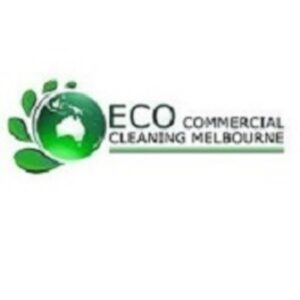Safety Measures in Chemical Cleaning: A Comprehensive Guide

As most cleaning professionals know, mixing bleaches and acids is a no-no, as bleach contains sodium hypochlorite, and it can create a dangerous—and sometimes fatal — chlorine gas. Considering how to use and store cleaning chemicals is just part of the job for many businesses.
While some have called for less “dangerous” chemicals to be used in commercial settings, we need to do a better job of training the people who use cleaning chemicals. Why? Because incidents like this can happen with household cleaning products. Even the most basic things can cause issues. Bleach (sodium hypochlorite), Ammonia (glass cleaner) and Peroxide (used as an alternative to a disinfectant) can cause reactions that damage surfaces —or even worse—death.
In this post, we will share with you effective easy ways to minimize chemical accidents.
Most Common Types of Cleaning Chemicals
Whether you’re removing grease from machinery or wiping smudges off your office windows, you’ll require a cleaning chemical to help you get the job done. Did you know that steam boilers are commonly used in chemical cleaning processes for various applications, such as removing contaminants, scale, or deposits from equipment and surfaces?
Here are some of the most common types of cleaning chemicals used in various industries and applications:
- Alkaline Cleaners (Degreasers): These are effective at removing grease, oils, and dirt from surfaces. They are commonly used in industrial settings.
- Acidic Cleaners: Acidic cleaners are used for removing mineral deposits, rust, and scale. They are often employed in tasks like descaling boilers and cleaning bathrooms.
- Solvent Cleaners: Solvent-based cleaners are effective at dissolving oil, grease, and other organic substances. They are often used in the automotive, manufacturing, and aerospace industries.
- Disinfectants: These chemicals are designed to kill or inactivate bacteria, viruses, and other pathogens on surfaces. They are commonly used in healthcare settings, food preparation areas, and households.
- Bleach (Sodium Hypochlorite): Bleach is a powerful disinfectant and stain remover. It’s commonly used in laundry, sanitation, and surface disinfection.
- Enzyme Cleaners: These cleaners use enzymes to break down organic materials like food, blood, and pet stains. They are often used in the healthcare and hospitality industries.
- Surfactants: Surfactants help to reduce the surface tension of water, making it easier to spread and lift away dirt and grime. They are found in many general-purpose cleaners.
- Ammonia-Based Cleaners: Ammonia is effective at cutting through grease and grime and is often found in glass and window cleaners.
- Oxidizing Agents: These chemicals release oxygen and are effective at removing stains caused by organic materials like coffee, tea, and wine. They are often found in stain removers.
- Quaternary Ammonium Compounds (Quats): Quats are a type of disinfectant that is effective against a broad spectrum of pathogens. They are commonly used in healthcare settings.
- Chlorine Dioxide Cleaners: These are powerful disinfectants and can be used in a wide range of applications, including water treatment, healthcare, and food processing.
- Hydrogen Peroxide Cleaners: Hydrogen peroxide is a versatile cleaner and disinfectant. It’s effective against a wide range of microorganisms and is commonly used in healthcare settings.
- Neutral pH Cleaners: These are balanced cleaners that are neither acidic nor alkaline. They are versatile and can be used on a variety of surfaces.
- Polishing Agents: These chemicals are used to enhance the appearance of surfaces, such as metals, glass, and ceramics.
- Rust Removers: As the name suggests, these chemicals are designed to remove rust from surfaces, often through acidic formulations.
Remember to always follow safety instructions and guidelines provided by the manufacturer when using any cleaning chemicals. Different chemicals have specific uses and properties, so it’s important to choose the right one for the task at hand.
Types Of Chemical Hazards
When you’re working with any type of hazardous chemical or dangerous good, there are three main types of hazards.
These include:
- Human harm – chemical burns, asphyxiation, eye damage, blindness, poisoning
- Property damage – ignition, explosion, corrosion
- Environmental contamination – toxic contamination of soil, land, animals or wildlife
A chemical, such as bleach, is categorised in Australia as a dangerous good. Used as a universal bleach for disinfecting surfaces, it may be manufactured as a mixture of liquid chlorine bleach and sodium hypochlorite.
This mix of chemicals is recognised as being a hazardous substance, with the potential to cause skin erosion (chemical burns from spilt liquids), eye damage (if splashed into the eyes of workers) and acute aquatic toxicity (when entering the environment).
Therefore, liquid chlorine bleach must be handled and stored in a way that prevents the chemical from:
- Making contact with the skin or eyes of staff
- Hazardous vapours building up and affecting the breathing of workers
- The liquid reaching soil, water or the outdoor environment
Each chemical will have its own set of hazards, so you must refer to the SDS and strictly follow the advice provided by the chemical manufacturer.
6 Ways to Minimize Chemical Accidents
- Never mix chemicals. Need we say more?
- Use Personal Protective Equipment (PPE) when using any hazardous substances. This includes gloves, goggles, boots, face shields, aprons and any other material that can protect the user’s hands, eyes, face and skin from contact with the chemical. The PPE should be made of material specifically designed to resist penetration by the particular chemical being used.
- Read the Safety Data Sheet (SDS). In addition to listing the name, toxicity and hazard, the SDS also provides critical information about the chemical’s composition and physical characteristics. OSHA requires this information to be available for employees to read and understand.
- Follow instructions. Manufacturers include specific instructions for the use of cleaning chemicals, which include dilution ratios and where the product can safely be used. Read and take the time to understand these instructions before using any cleaning product.
- Use ventilation. The ongoing circulation of fresh air is critical in keeping concentration diluted and within safe usage levels.
6. Conduct ongoing training. Training—and the documentation of training—is critical when it comes to making sure workers safely handle cleaning chemicals. From online to classroom-style training, there are a variety of resources to educate workers on how to properly handle cleaning chemicals.







